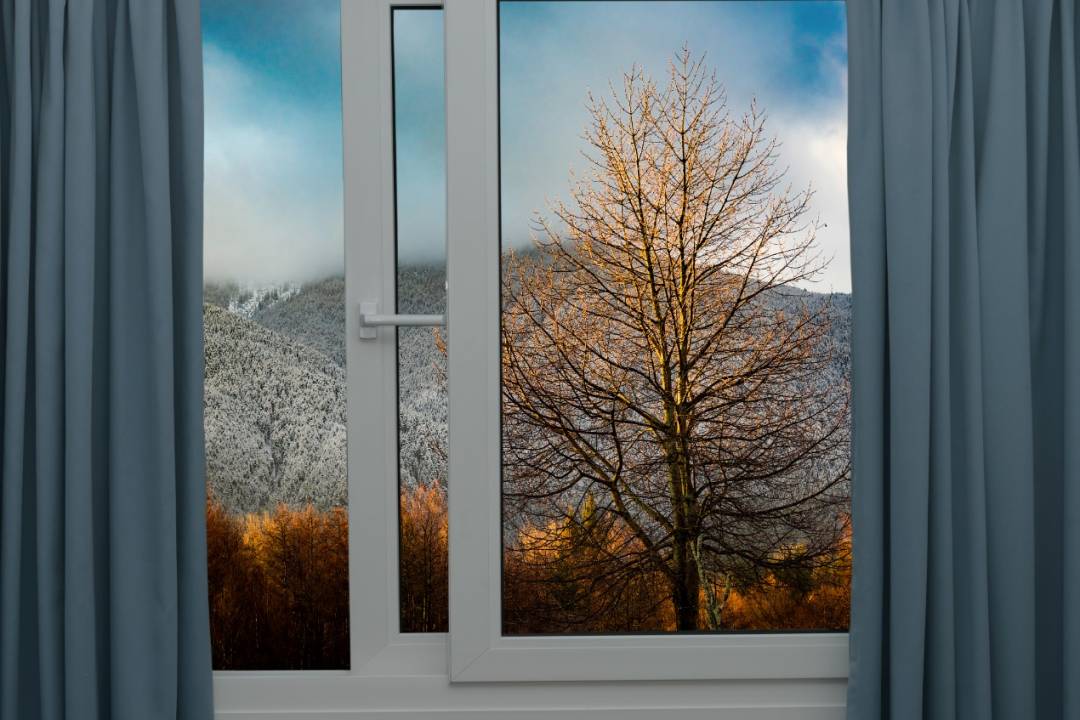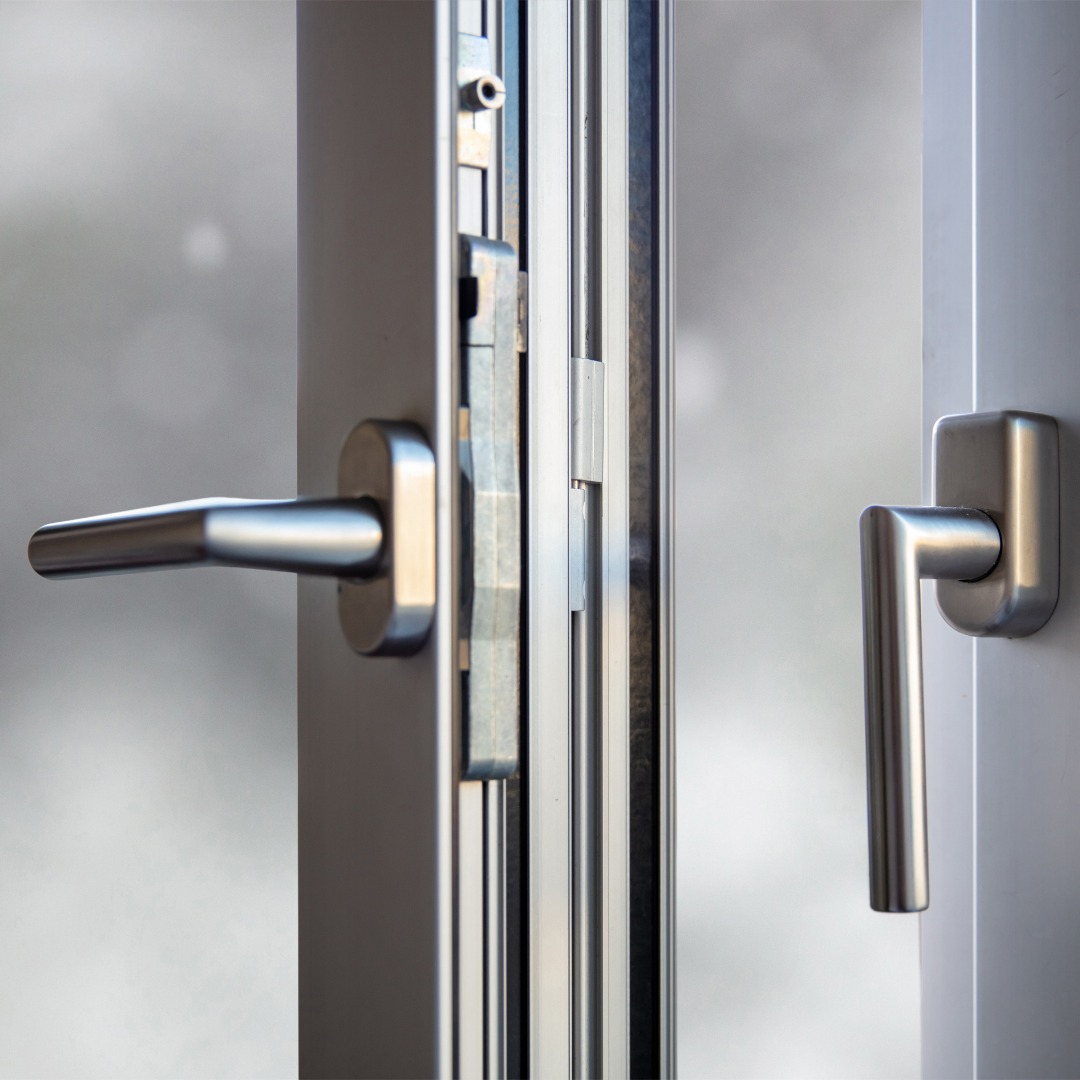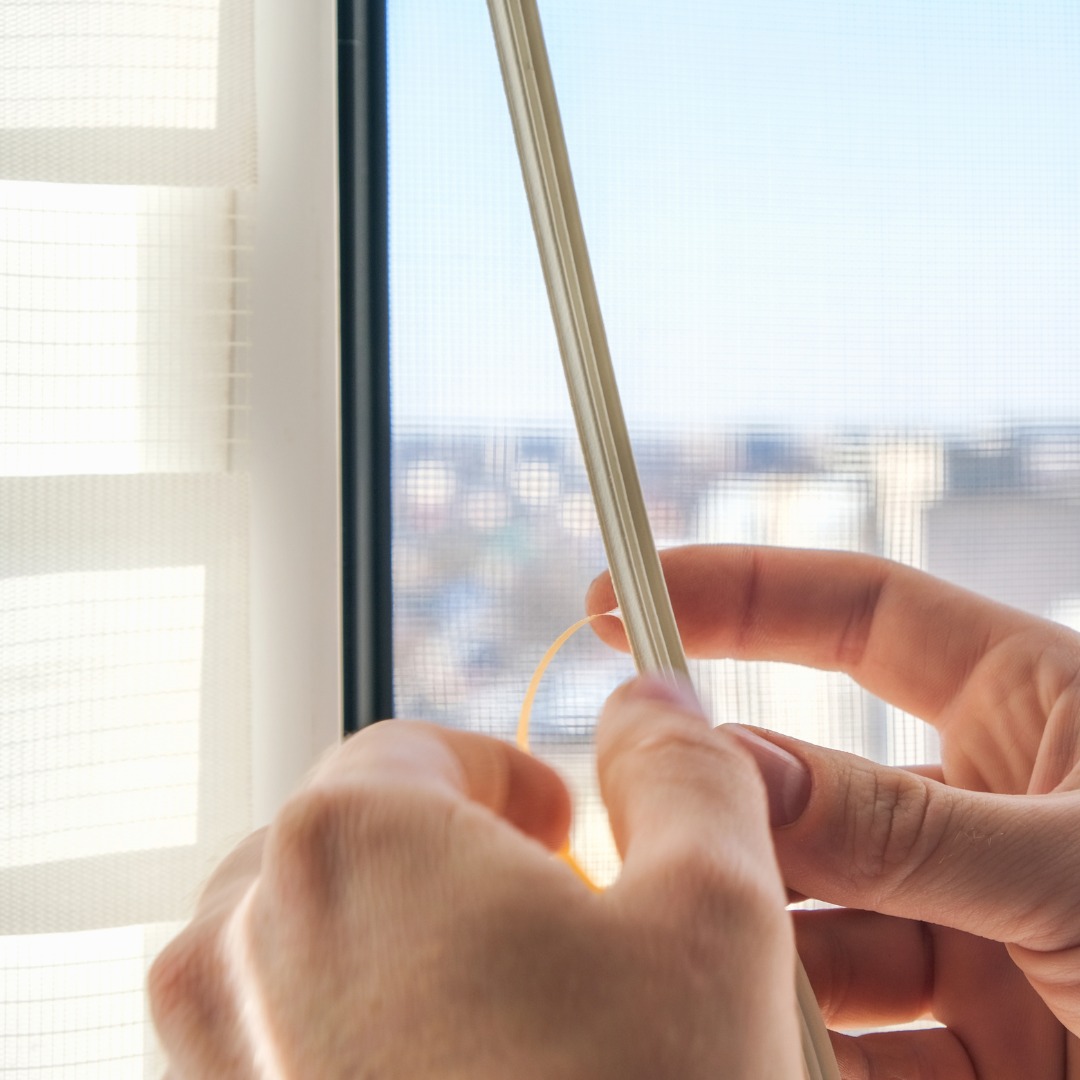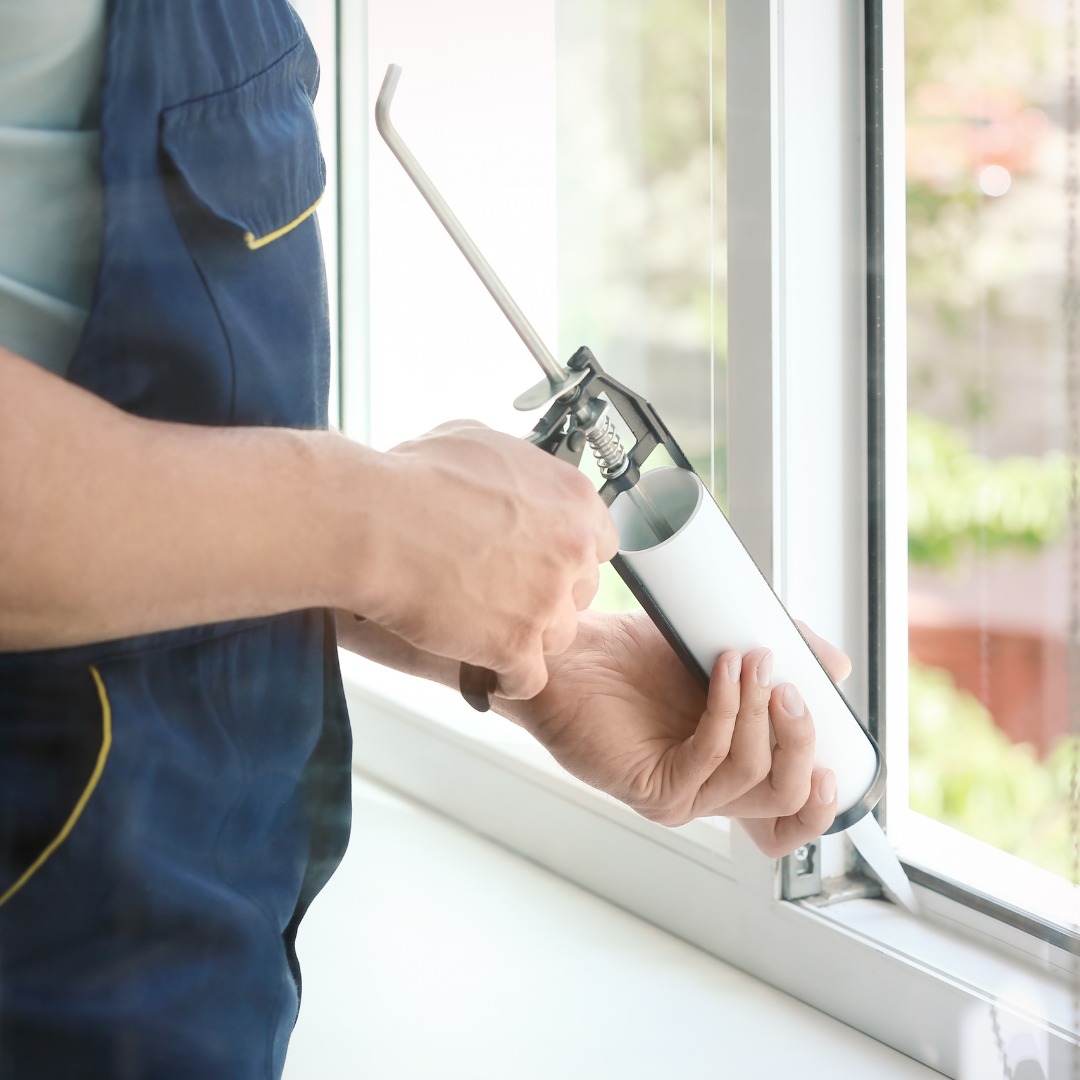
With winter already upon us, preparing your doors and windows is essential to face the cold season challenges. Proper preparation is essential to protect your home from mild to bitter cold winter conditions and can make the difference between living in a cozy home or one that is cold and damp. Preventive maintenance of your doors and windows is necessary, as it ensures optimal comfort and lower energy costs.
Let's not forget that windows and doors can be responsible for up to 25 % of a home's total heat loss.
In this blog, we will give you a very useful checklist to make sure your windows and doors are ready for the winter. In the following checklist, you will find detailed instructions on how to conduct the inspection or your doors and windows effectively.
Windows and Doors Winter Maintenance Checklist
____
WINDOW INSPECTION
Sealed Unit Replacement:
- Check for signs of condensation on your thermal windows or fogging between the thermal panes.
- Make sure your thermal windows are not cracked or broken.
Weatherstripping:
- Examine the weatherstripping around your windows for signs of wear and tear.
- Make sure the weatherstripping is properly installed and that air isn't leaking through.
Window Mechanisms:
- Test all your mechanisms to make sure they are working properly.
- Lubricate them, if needed.
Defogging:
- Check your windows for fogging or signs of condensation.
- If you notice this phenomenon on your windows, consider getting them defogged by professionals.
Window screens:
• Inspect your window screens for any tears or holes.
• Clean them gently with soapy water.
• Remove them for the winter, if needed.
DOOR INSPECTION
Weatherstripping:
• Check the weatherstripping around your doors, the same way you checked your windows.
• Replace worn or damaged weatherstripping.
Door Mechanisms:
• Test all the mechanisms of your doors, including the locks, to make sure they are working properly.
• Lubricate them, if needed.
CAULKING INSPECTION
• Inspect the caulking around your windows and doors.
• Consider hiring professionals to ensure proper insulation if your current caulking is cracked or nonexistent.
____
Regular Maintenance of Parts and Mechanisms
Regular maintenance of the parts and mechanisms of your doors and windows is essential to ensure their proper functioning and longevity. As winter approaches, it is important to make sure everything is working properly. Cold drafts and heat loss should be avoided at all costs. Here is how you can do this:
Check your window parts and mechanisms, as follows:
Opening and closing mechanisms:
• Open and close each window to test how its functionality. It should open and close smoothly and without any issues.
• If a window is difficult to open or close, it may indicate a problem with the mechanism or a deformation of the frame.
Locks and Latches:
• Make sure that all locks and latches are working properly and that they hold firmly in place when the window is being locked.
• A lock that doesn't close properly can allow cold air to pass through.
Hinges:
• Check the hinges to make sure they are not rusty or loose.
• Lubricate squeaky or stiff hinges with the appropriate lubricant.

General Tips
If you find any broken or missing parts, replace them immediately. Defective parts can compromise the energy efficiency of your windows and doors.
If you are unsure about your ability to repair or replace a part, consider hiring a professional, since improper installation can cause more problems in the long run.
How to check the weatherstripping around your doors and windows?
Weatherstripping plays a vital role in insulating your home. It keeps cold air out and hot air in. When they are effective, they guarantee better energy efficiency and increased comfort during the winter months. Here's how to check and maintain your weatherstripping:
Visual Inspection
Start with a visual inspection of the weatherstripping around your window and door frames. Look for signs of wear and tear or detachment.
Make sure the entire length of the weatherstripping is properly installed and that there are no missing sections.
Paper Test
Open the window or door and place a sheet of paper over its threshold or frame. Then close the window or door on the sheet of paper. If you can remove the sheet without any resistance, it means that the weatherstripping is not effective and needs to be replaced.
Candle Test
Light a candle and hold it near the window or door frame. Be careful not to burn the weatherstripping or other materials.
Observe the flame of the candle. If it wavers or seems to be deflected by a possible draft, it indicates an air leak in that area.
Touch Test
On a cold day, run your hand along your window and door frames. If you feel cold air seeping in, it indicates that weatherstripping is not effective.

General Tips
If the weatherstripping around your windows and doors is worn or damaged, it is recommended that you replace it. There are different types of weatherstripping. Choosing the right type and installing it correctly can be a complex venture.
By hiring professionals, you not only ensure to obtain the right type of weatherstripping for your doors and windows, but also get a customized installation.
Furthermore, a professional installation will maximize the efficiency of your weatherstripping, as it ensures that all surfaces are properly cleaned and prepared before it is applied.
How to check the caulking around your doors and windows?
Checking the caulking around your doors and windows is very similar to checking your weatherstripping. Both play a similar role in insulating your home. Caulking (similarly to weatherstripping prevents cold air from entering and hot air from escaping, and therefore ensures better energy efficiency.
Visual Inspection
First, do a visual inspection of the caulking seals around your window and door frames. Check for cracks and loosened or dried-out seals. Caulking that is in good condition is flexible and adheres firmly to surfaces.
Touch Test
Just like with weatherstripping, gently run your fingers along the caulking seal. If it is dry or crumbling, it is a clear sign of deterioration. Healthy caulking should always retain some elasticity.
Candle Test
Observe the flame of a lit candle while you hold it near the frames. If it wavers, it might indicate an air leak. This indicates that the caulking is no longer performing its purpose properly.

General Tips
Should you be unsure of the condition of your caulking and prefer not to replace it yourself, don't hesitate to seek professional caulking services. Proper caulking is your best bet against air and water infiltration. It not only ensures optimal thermal insulation, but also protects your home from moisture-related damage.
Without caulking, even the most effective windows and doors will not be able to prevent heat loss that can lead to higher energy costs and diminished indoor comfort.